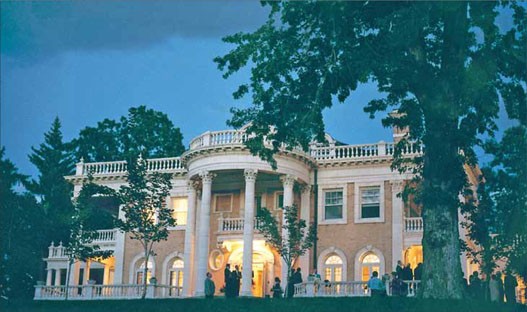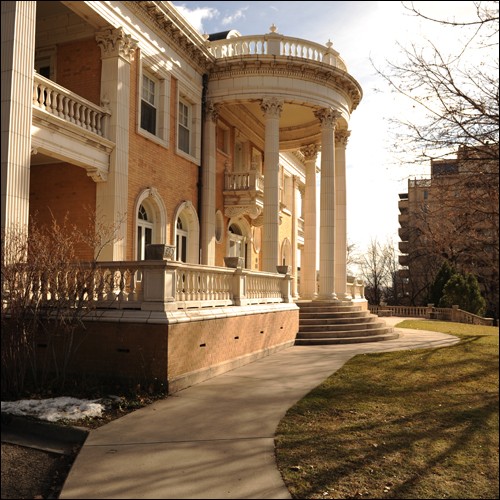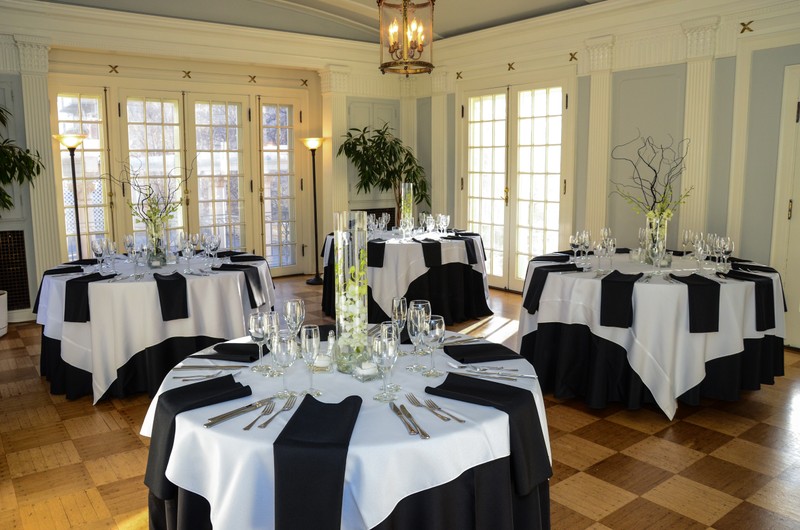Grant-Humphreys Mansion
Introduction
Text-to-speech Audio
Images
Front view that shows the scope of the mansion.

The famous entrance way where many couples choose to take photos.

The interior of the mansion decked out for a wedding reception.

Backstory and Context
Text-to-speech Audio
The Grant-Humphreys Mansion at 770 Pennsylvania Street in Denver is as important for its architecture as for its association with two prominent names in Colorado history, James Benton Grant and Albert E. Humphreys. By the turn of the century, when the Grants commissioned architects Theodore Davis Boal and F.I. Harnois to design their new home on "Quality Hill," Americans had begun building in the Beaux-Arts style, borrowing elements from the high architectural periods of the ancient world and Renaissance Europe. The Grants' Beaux-Arts mansion is an exuberant mixture of elements, combining a brick facade with terra cotta balustrades, projecting balconies and 20 foot columnns. The 30-room mansion was completed in 1902 at a cost of $35,000.
James Benton Grant was born in 1848 in Alabama, the son of a plantation owner later impoverished by the Civil War. After studying at the prestigious Freiburg mining institute in Germany. Grant moved to Leadville in 1877 to establish the Omaha and Grant Smelting Company. He married 24-year-old Mary Matteson Goodell in 1881, one of five granddaughters of Illinois governor Joel Matteson. In 1882 the Grant Smelting Company relocated to Denver, bringing the couple to the state capital. That same year, Grant was elected third governor of the state, a position he held for one term from 1883 - 1885. The Grants counted Denver's most wealthy and influential families among their friends, and the mansion was frequently the scene of receptions, teas, dinners and dances.
James B. Grant died in 1911 and his widow sold the mansion in 1917 to Albert E. Humphreys and his wife, Alice Boyd Humphreys. Humphreys was born in Sissonville, Virginia (now West Virginia) in 1860. A determined entrepreneur, he had acquired - and lost - two fortunes in logging and mining before amassing a third through successful wildcat oil speculations in Oklahoma, Wyoming and Texas. Sharing the mansion with the couple were their son, Ira Boyd and his wife, Lucille. Ira was an inventor who won an engineering award for the Humphreys spiral concentrator, a device used in the development of ore concentration, during World War II. He was also an accomplished pilot in the early days of flight.
The Grant-Humphreys Mansion is listed on the National Register of Historic Places (1970) and has been designated a Denver Landmark (1976).
